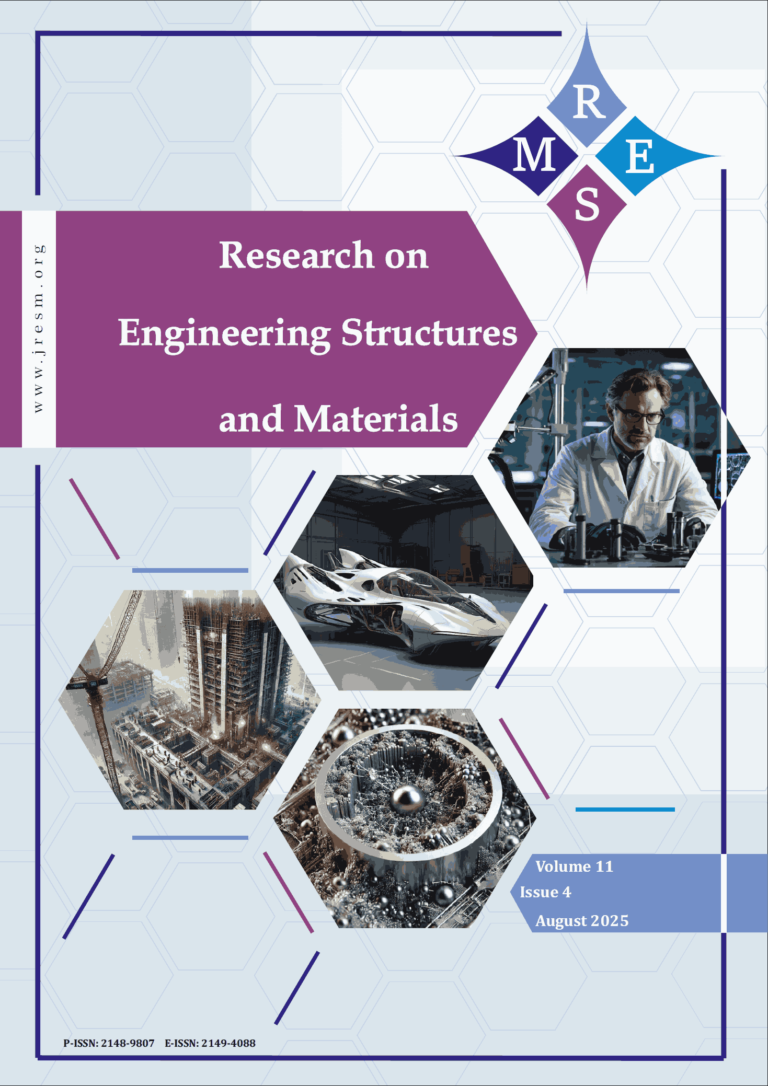This study investigates the viability of utilizing non-biodegradable industrial waste streams specifically ground glass, crushed brick, and sanitary ceramics as alternative fillers in self-compacting mortars (SCMs). A conventional SCM mixture incorporating traditional limestone filler served as the control benchmark. The research assessed the influence of substituting conventional fillers with waste- derived materials, varying their proportions while maintaining a constant cement content. The experimental results showed that the inclusion of alternative fillers enabled the target slump flow values to be achieved with a lower water-cement ratio, thus reducing water demand. However, the mortars with brick and ceramic fillers had longer mini-V- funnel flow times. Analysis of the hydration heat revealed that brick and ceramic fillers accelerated early hydration reactions, whereas glass fillers exhibited a delayed reactivity. Mortars containing these alternative fillers showed significant mechanical strength increases over time; compressive strength and dynamic modulus of elasticity increased significantly. After 365 days of curing, compressive strength values increased by 34% and 37% for mortars containing brick and ceramic fillers, respectively, and by 31% for those incorporating glass fillers, relative to the control mortar. These findings highlight the promising potential of valorizing industrial waste materials as efficient, economical, and environmentally sustainable alternatives to conventional limestone fillers in SCMs.
Djebar A M, Mouli M, Belmokretar K, Chihaoui R, Senhadji Y, Benosman A S, Seghiri M. Impact of industrial waste fillers in self-compacting mortars: A comparative analysis of mechanical performance. Res. Eng. Struct. Mater., 2025; 11(4): 1847-1862.
